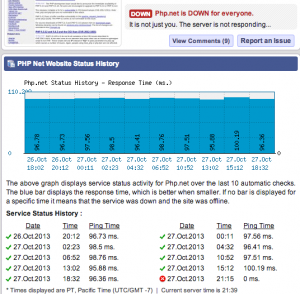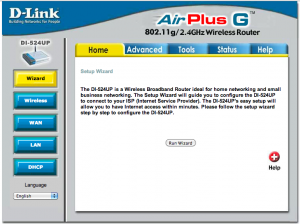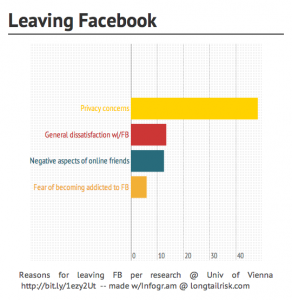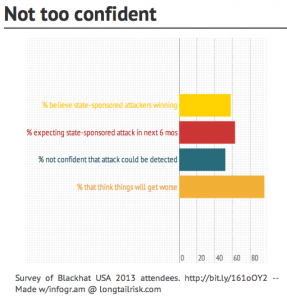
Internet of Things — iterating & compounding
The numbers and rates of growth that I’m seeing forecast for the Internet of things reminds me of that shampoo commercial in the 80’s where Heather Locklear touts the shampoo by telling two friends about how great the shampoo is. Each of those two friends in turn each tell two friends, who in turn tell two friends… and so on, and so on …
ZDNet just came out with coverage of an IDC report where the Internet-of-Things (IoT) is forecast to be a $8.9 trillion industry by 2020. 2012 spending on IoT was put at $4.8 trillion with a forecast compounded annual growth rate of 7.9%. The financial term for that, I believe, is, ‘yowza!’
The IDC report further forecasts 212 billion connected networked things by 2020 of which 30.1 billion will be autonomous connected networked things. To which an Australian might comment, ‘crikey!’
These are some big numbers. A bigger number, though, is the number of relationships, whether direct or indirect (transitive) between those things. Remember, the number of relationships in a fully-connected network grows much faster than the number of nodes. Something like:
# of nodes # of relationships
2 1 connection between them, aka relationships
3 3 relationships
4 6 relationships
5 10 relationships
.
.
.
100 4,950 relationships
.
.
.
n(n – 1)/2 is the number of relationships where n is the number of nodes or ‘things’ in IoT
Like I said, some big numbers.
and so on, and so on, and so on …
[Image: http://en.wikipedia.org/wiki/File:CA_rule30s.png]
 I was just getting ready to write a post about the malware on PHP.net’s servers in the past week. I went to the site to dig up some additional information and learned that it is down right now. I also got this result from isitdownrightnow.com (left).
I was just getting ready to write a post about the malware on PHP.net’s servers in the past week. I went to the site to dig up some additional information and learned that it is down right now. I also got this result from isitdownrightnow.com (left).









